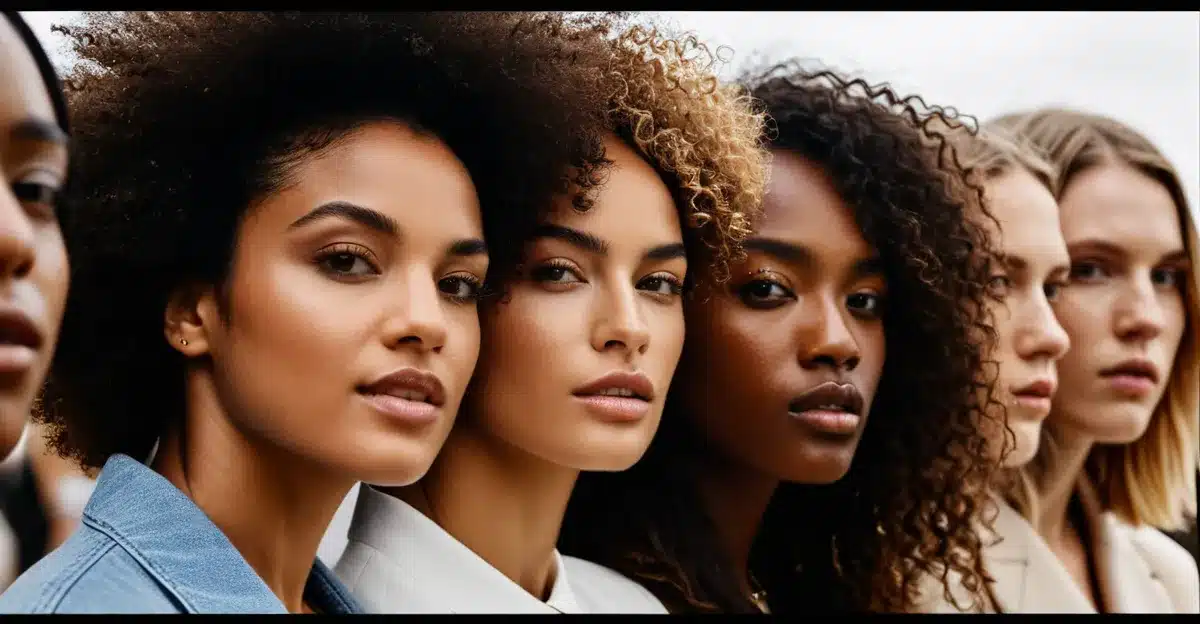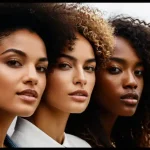How UK women’s fashion brands are implementing diversity and inclusion
UK women’s fashion brands are increasingly embedding diversity initiatives and inclusive practices at the core of their business models. Leading labels such as Marks & Spencer and ASOS have championed campaigns showcasing diverse models, representing a wider range of ethnic backgrounds, body shapes, ages, and abilities. This shift goes beyond visual representation, embracing authentic stories and voices that resonate with varied audiences.
Recent campaigns highlight this commitment by featuring models with disabilities, plus-size figures, and differing cultural identities, challenging traditional industry standards. These brands demonstrate that diversity in fashion is not just a trend but a foundational value by integrating inclusive sizing and adaptive clothing lines, making fashion accessible to all women. For example, adaptive clothing modifications—like magnetic fastenings—are designed to support women with physical challenges without compromising style.
Also read : What’s Next in Sustainable Fashion for UK Women?
Cultural representation also plays a vital role, with brands embracing patterns, textiles, and designs inspired by diverse heritages, reflecting the multicultural fabric of the UK. Through these efforts, UK women’s fashion brands not only promote inclusivity but also empower consumers to see themselves celebrated authentically in fashion.
Representation across marketing, design, and leadership
Diversity in the UK fashion industry has become increasingly central, especially in fashion marketing and design. Brands actively work to broaden representation by featuring models from various ethnicities, body types, and backgrounds in their campaigns. This effort ensures marketing materials reflect real-world diversity, resonating with a wider audience and promoting inclusivity.
Also to read : What’s Next for British Women’s Fashion This Year?
When it comes to inclusive design, designers now create clothing lines that accommodate diverse sizes and cultural sensibilities. This means developing styles that not only fit different body shapes but also respect cultural dress norms. Such thoughtful design enhances accessibility and customer satisfaction in the competitive UK market.
Progress in diverse leadership is another area where the UK fashion scene sees gradual improvement. More women and minority professionals take on influential roles, shaping company policies and creative directions. These leaders champion diversity across marketing and product development, fostering inclusiveness at every level.
This holistic approach — combining diverse marketing, sensitive design, and diverse leadership — is key to making the UK fashion industry truly representative and relevant.
Impact of diversity and inclusion on brand reputation and consumer response
Inclusivity benefits significantly influence brand reputation and consumer perception in today’s market, especially among UK fashion brands. When brands actively embrace diversity and inclusion, they often experience enhanced public reception. Consumers increasingly expect companies to reflect societal values, and failure to do so can tarnish a brand’s image.
Studies show UK fashion brands that prioritize inclusivity report meaningful boosts in brand loyalty and engagement. For example, diverse representation in advertising leads to a broader customer base feeling connected and valued. This connection encourages repeat purchases and positive word of mouth, reinforcing brand reputation.
Statistical insights reveal that fashion brands with clear diversity initiatives tend to see higher sales growth and more positive social media interactions. Consumers respond to authentic inclusivity efforts by amplifying favorable reviews and sharing content, driving organic marketing success.
Ultimately, embracing inclusion not only demonstrates corporate responsibility but also delivers tangible benefits by aligning brand values with the evolving consumer landscape—strengthening UK fashion brands’ competitive edge in a diverse marketplace.
Industry trends, challenges, and future outlook
The fashion industry trends in the UK increasingly reflect a shift towards greater diversity and inclusion. Brands are adopting more inclusive campaigns, featuring models of different ethnicities, body types, and gender identities. This move supports broader societal calls for representation and validates the experiences of underrepresented groups. However, despite these positive changes, significant diversity challenges persist. Many brands struggle with tokenism or superficial inclusion, failing to integrate diversity into core business practices or decision-making processes.
Implementing comprehensive inclusive policies requires commitment at every organizational level, from design to marketing. Such policies must address structural biases to foster authentic representation rather than mere compliance.
Looking ahead, the future of inclusion in UK fashion appears promising. Industry experts predict a continued push for intersectional representation, combining race, gender, and disability advocacy. Innovations in adaptive clothing and sustainable production are also becoming central, expanding accessibility while reflecting diverse consumer needs.
For brands that embrace these shifts, the rewards include deeper customer loyalty and a stronger position in the competitive UK fashion market. This ongoing transformation highlights that true inclusion is essential not only for social justice but also for future growth.




